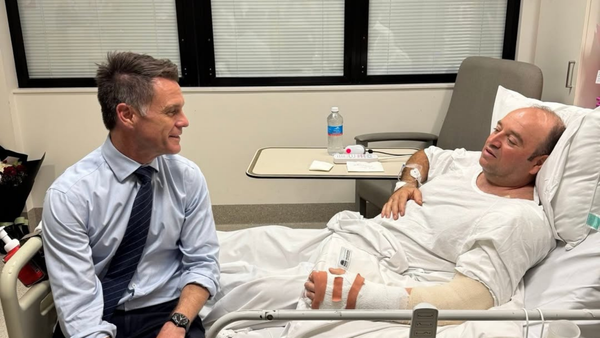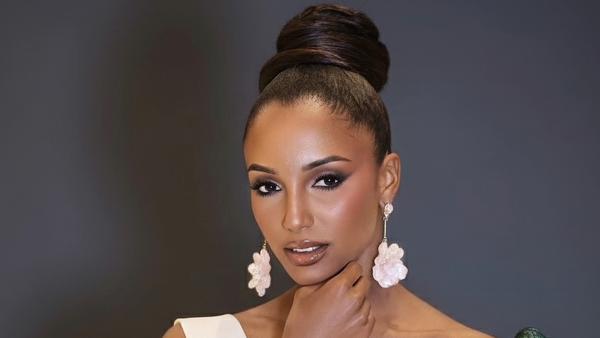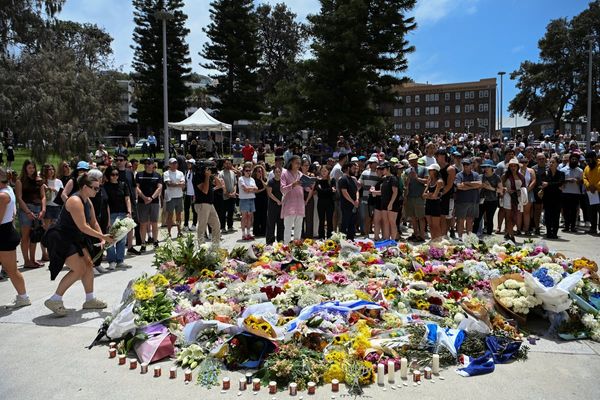Warning: this article contains spoilers for The Last of Us season two.
The Last of Us season two began with the familiar rhythm of its video game source material. Throwing bottles to distract “stalkers” (the second game’s new enemy type); Tommy (Gabriel Luna) facing down a “bloater” (a hulking in-game enemy); Ellie (Bella Ramsey) and Dina (Isabela Merced) moving through Seattle with the game’s iconic daily title cards.
At the start, like season one before it, season two embraces its video game roots. But somewhere between dodging the infected and the finale’s blood-soaked confrontation at the aquarium, the show puts the controller down.
Adaptations like this shouldn’t be judged for faithfully following the original story. As English professor Linda Hutcheon argues, adaptation is not a process of reproduction but re-interpretation. Adaptors should use the tools of the new format to create something fresh and meaningful. Successful video game adaptations don’t merely translate memorable scenes – they also translate play.
Looking for something good? Cut through the noise with a carefully curated selection of the latest releases, live events and exhibitions, straight to your inbox every fortnight, on Fridays. Sign up here.
As a game, The Last of Us works because, for all its narrative weight, it derives its impact not just from what we see, but what we play. The first season of the show excelled here. We saw Joel’s (Pedro Pascal) violence expressed in tense shootouts and montages, which echoed the game’s most intense, playable moments, even when we were just watching.
Season two takes a different approach, shifting from evoking the feel of game-play to reinterpreting significant moments in the story. Some of this may have been shaped by practical constraints. Show-runner Craig Mazin has admitted that certain action scenes had to be re-shot because Bella Ramsey’s smaller stature made some fight choreography less believable.
As a result, in the adaptation process, violence becomes one of the season’s main losses – either changed, moved off-screen, or distanced. Instead of fighting, Ellie spends most of the season running from danger. She becomes a character things happen to, not through. As a result, Ellie is no longer someone we play as – she’s someone we watch.
In the game, Ellie’s quest to find Abby (Kaitlyn Dever) – a new character who kills Joel early in the season – unfolds over 10 to 15 hours of game-play. Players are with her through every kill and moment of hesitation – and with her, they spiral deeper into rage. The repetition of combat supports our empathy. In her words: “I’m going to kill you all.” And with each kill, our discomfort increases. We are complicit in Ellie’s downfall.
The adaptation can’t allow viewers to sit with that weight in the same way, as the season encompasses only half that time. So instead of finding an equivalent for that descent, it skips it entirely.
This version of Ellie is very different from Abby, who is ruthless and efficient. In the game, they are each other’s mirrors, but the show seems more interested in juxtaposing them. This makes the game-faithful adaptation of a ruthless Ellie confronting Nora (Tati Gabrielle), one of Abby’s accomplices, particularly jarring.
In a later episode, Ellie faces Abby’s friends Owen (Spencer Lord) and Mel (Ariela Barer) in a scene that fundamentally alters the story of the game. In the game, Ellie purposefully shoots Owen and fatally stabs Mel. In the show, she unintentionally fires a panicked shot, the bullet hitting Owen and ricocheting to kill Mel. This change strips Ellie of her agency. What was once a deliberate choice is now an unintended tragedy.
Whoever this version of Ellie is meant to be, we rarely sit with her long enough to know. The show’s insistence on pairing her with other characters means we’ve barely even met her.
Losing the plot
Despite its brevity, the season significantly expands the world of the game. We get more backstory on the factional Washington Liberation Front (WLF) and Seraphite movements – the game’s primary antagonists – and their ideologies. We also learn more about the community of Jackson and its politics.
This is a natural strength of televisual adaptation: deepening the lore, raising the stakes and planting seeds for future seasons. But the strength of The Last of Us as a game was the depth of its stories about individual characters: Joel, Ellie, Dina, and Abby.
While the season explores some of these characters well, it also tries to explore Gail (Catherine O'Hara), a therapist who doesn’t like Joel and doesn’t feature in the game and Isaac (Jeffrey Wright), the leader of the WLF, who is introduced much later in the game. As a result, the season loses Ellie, our protagonist, somewhere during her rushed three days in Seattle.
The finale sets up another perspective on those three days entirely, and in doing so stays true to the bold structure of the original game. Throughout the season, Dever’s performance as Abby has been electric. For players, it’s a familiar twist, but for viewers, the experience will be fundamentally different. Not because of the content, but because of time.
The game shows Abby’s perspective in its back half. Within hours, you’re wrestling with her choices, and realising the symmetries she has with Ellie (which currently seem less evident in the show). But for viewers, this next chapter might be years away.
That emotional through-line – the game’s signature dual narrative – could fray in the interim. What works over a weekend of play may falter over week-by-week seasons of television, experienced years apart.
Season two starts by adapting a video game, complete with the now-familiar illusion of play that made season one and fellow video game adaptation Fallout (2024) so successful. But it ends as a prestige drama: beautiful and thoughtful, but inert.
The story is still there, but its two-part structure and the audience’s complicity – the very things that made the game (The Last of Us Part II) so controversial and powerful – is lost. When the best parts of an interactive story are the parts you play, what’s left when you’re only allowed to watch?
The authors do not work for, consult, own shares in or receive funding from any company or organisation that would benefit from this article, and have disclosed no relevant affiliations beyond their academic appointment.
This article was originally published on The Conversation. Read the original article.







